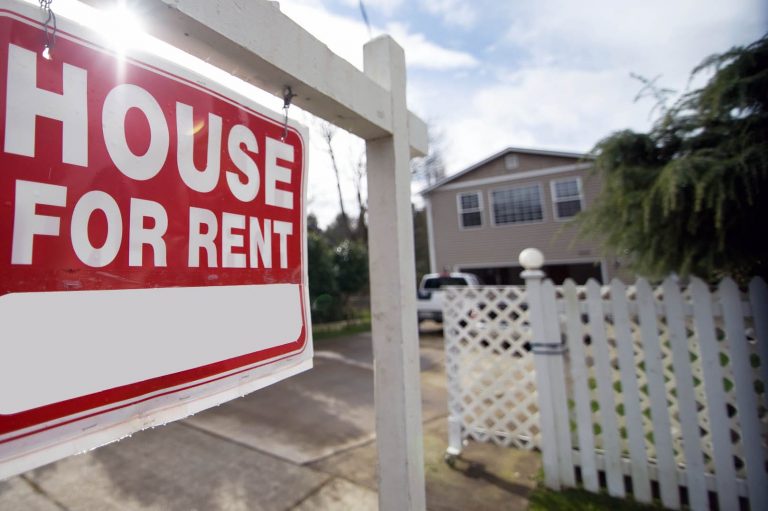Wall Street Is Killing The Housing Market
There are few things more important than our homes. Alongside providing our shelter, homes are where we make memories with friends and family — where bonds are formed and strengthened.
Unfortunately, the right to a home in America is under threat. Rents have skyrocketed, homelessness is rising, and home ownership is increasingly unattainable for most Americans.
There are multiple causes, but one culprit stands out: classic Wall Street greed. Massive private equity corporations and hedge funds are buying up homes by the thousands — houses, apartment buildings, and mobile home parks alike — and then jacking up rents.
This trend accelerated after the 2008 financial crisis, when investment firms snatched up homes in foreclosure and began renting them to the growing number of people locked out of ownership.















